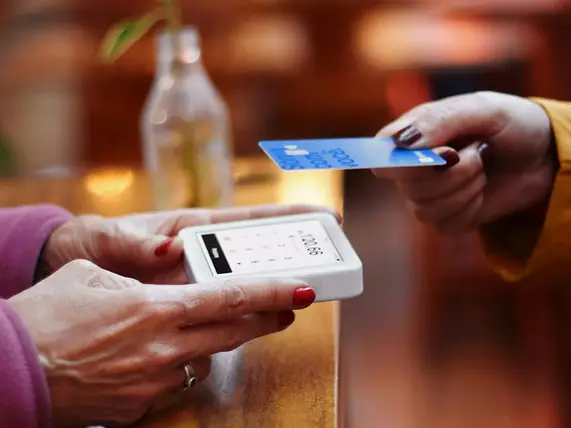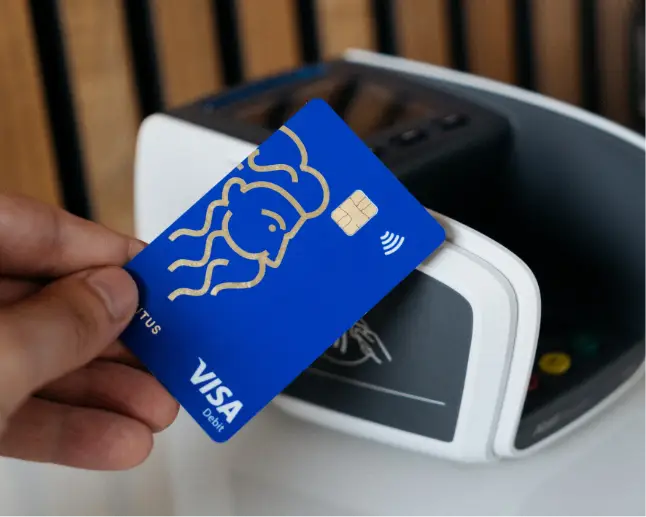Real-time payments are now ubiquitous across the globe with over 50 countries that have activated real-time payment systems. The arrival of fintechs and rapid adoption of smartphones has led to the expectation that we can pay merchants, settle bills and transfer money in an instant. This new-normal has raised the bar in terms of real-time payment standards – and the market is now demanding the same immediacy from all banking services.
But, while there is no denying that faster is the future, the notion of a truly real-time global payments infrastructure is still somewhat utopian, with the financial supply chain often still lagging behind the physical one.
The clearing and settlement of payments has been underpinned by an incredibly sophisticated payment market infrastructure, which was not designed with real-time payments at its heart. Real-time, high-value inter-bank transactions add a new level of risk, and, being systemic to the economy, the entire process is highly regulated and therefore not easy to change. Add to that the disparities of legacy infrastructures across the globe.
But the pressure from the fintechs and the market demand for real-time everything means these centralised processes must adapt, evolve and change. And with ISO 2022 on the horizon as the new de facto standard, the playing field is being levelled through a new baseline of cross-border best practice.
Despite challenges, the real-time market is set to grow apace
Grand View Research highlights that the P2B, B2B and P2P markets are the key growth drivers, predicting that, in the US, this combined market is set to increase in value by over 300% over the ten years from 2015 – 2025.
It would make sense then that the lion’s share of real-time payments globally since 2018 were in Retail & E-commerce, and Banking, and Financial Services & Insurance, accounting for over 50% of all transactions – these being mainly in the P2B and B2B space.
The Grand View Research statistics show however that relative growth between each type of market hardly changes year on year, with P2B transactions continuing to increase in value the most, followed by B2B and then P2P. So, although there is growth across the board, it is fairly consistent, with no dynamic shifts predicted between the main market segments.
This market breakdown is not explained by the value of the transaction, at least not fully. The predictions within this growth model point to that fact that some payment types (and therefore some specific industry sectors) are inherently more suited to real-time payments, or are already more readily able to access new technologies – and this is not likely to change significantly before 2025 due to the incumbency of legacy infrastructures that are slower to change, or because there is not the same pull for real-time service from the market.
Looking at this in more depth:
Person to business (P2B)
If we take an example of a P2B high-value payment such as a car purchase, the demand for real-time availability of funds and confirmation of the transaction is very important to both the consumer and to the business.
Lower cost P2B transactions too offer a new level of cash-management to businesses who benefit from real-time liquidity due to instant settlement, and the added level of service to the consumer of instant notification of the status of the transaction.
Fintechs are all over this space and the rapid increase of e-commerce transactions and mobile payments are also significantly boosting P2B growth, so although often low-worth, (anything from a physical cup of coffee or book, to an online game or music), the volume of these transactions is continuing to scale up, contributing to the significant increase in P2B market value, as illustrated in the graph.
Business to Business (B2B)
The ability to pay suppliers in real-time, and in doing so freeing up working capital, offers a new competitive edge and attractive proposition to new entrants and so is now standard in B2B payments and has come to be expected.
Person to Person (P2P)
P2P is also well suited to real-time payments as people access mobile apps that offer the same convenience as cash. The increasing availability and enhanced user experience of P2P apps means that paying family and friends electronically and instantly has become commonplace.
Overall, real-time brings a shiny new level of customer service, such as getting a loan in 30 minutes; new capabilities to businesses to track and analyse customer spending; and, through the ease of being able to access and transfer money, is bringing the underbanked into the banked world.
Then there are payment types that do not lend themselves to real-time as effectively, or for which there is smaller demand. Taking for example the Energy & Utilities industry, which the graph highlights has only taken a small nibble of the global real-time payments pie since 2018. This sector relies on entrenched payment methods, such as pre-paid meters and direct debits – where real-time payment of a monthly or quarterly bill has marginal additional value to the customer.
It’s clear from the predictions however that it is only a matter of time until real-time will rule as the king of payments.
So with fintechs already vying for market share, and with the myriad of new opportunities emerging as market expectations only increase, new entrants need to find a cost-effective way to access real-time solutions. Finding the right support to launch and grow your programme in this complicated and ever-changing real-time arena is critical.
The advantage of working with a BIN sponsorship provider, such as TransactPay, means we can bring together the best in class partners to provide flexible technical solutions tailored to business requirements, making real-time payments a possibility.
Details
Date
9 Dec 2020
Category
Thought Leadership
Author
TransactPay
Ready for a partnership that pays?
Looking for a collaborative partner offering bespoke and flexible solutions, who puts your needs first? Get in touch!


